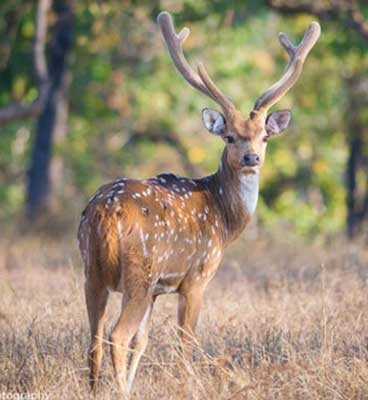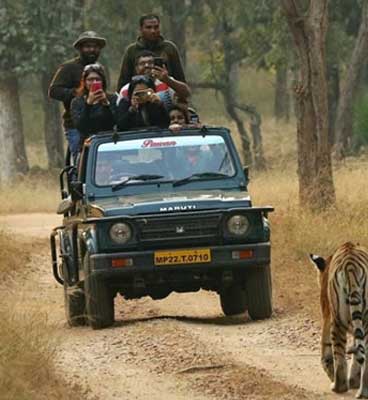Cultures Stitched with Pench National Park
When a place gets associated with culture or history, it automatically gains prominence and tourist attraction. If scenic beauty, wildlife and exciting activities adjoin it then the trip goes in full swing for the travel enthusiasts. Same is the case with Pench National Park, sharing the areas of Madhya Pradesh and Maharashtra.
The beauty and glamour of Pench has been ornamentally penned down in a number of popular books, both by Indian as well as foreign authors.
• Kalidasa, the great Indian poet, pictured the eloquent beauty and scenic elegance of Pench and surrounding areas in his legendary epics Meghadootam and Shakuntalam.
• Abul Fazl, the writer of the biography of the Greatest Mughal Emperor Akbar, Ain-i-Akbari, mentioned the natural beauty of the Pench region.
• The enchanting wildlife and topography of Pench Forest Reserve was pictured in the well-known collection of stories ‘The Jungle Book’, by Rudyard Kipling, the great English Nobel Laureate.
• The experimental wildlife documentary, ‘Tiger: Spy in the Jungle’ narrated by David Attenborough was shot in Pench National Park, and was aired on BBC. The documentary was recorded by the concealed cameras carried by the elephants that captured the life of four tiger cubs in Pench forest; their journey from baby cubs to adult hunters.
• The entire Pench ambience has also been a part in several famous books like ‘Wild Animals of Central India’ by Dunbar Brander, ‘Seonee - Camp Life in Satpura Hills’, ‘Denizens of the Jungle’, ‘Mammalia of India and Ceylon’ by Robert Armitage Strendale, ‘Highlands of Central India’ by James Forsyth, to name a few.


Coming to the tribal residents,
Khamba is a village that shares the boundaries with Pench National Park, located near the Turia Gate. The dwellers of the village are primarily from the Gond tribe. Since time immemorial, the Gods are dependent on the forest for medicinal herbs, firewood, agriculture and other necessities. Pottery, jaggery making, tour guides, and working at resorts are the primary means of livelihood of the tribals. Khambrit and Kohka villages, along with Khamba, lie at the periphery of Pench National Park, offering tourists the opportunity to know about their culture, daily lives and Gond customs from the grassroot level. They brew a special type of beer made from the flowers of Mahua trees and that comes under the list of must-try.
The tribe is very particular about preserving their culture through dance and music forms, handicrafts and local items that are sold in the villages’ local shops. The local tribal community of the Gonds perform the traditional Baiga Dance. It is performed in a group of 15-20 people, wearing their traditional costumes and jewellery and singing their cultural songs.
About 27 families in the Khamba are associated with the Tiger Tribes initiative after Pench was declared a national park. Residing in a close proximity to wildlife the tribal groups faced challenges in their daily lives. Therefore the government and the forest department officials secured alternative means of livelihood for them. The community based rural tourism model was initiated by the Conservation Wildland Trusts in collaboration with Grassroute Journeys.
Pench Information:-
- Best Safari Zones in Pench
- How to Reach Pench
- Best Time to Visit Pench
- Jeep Safari in Pench
- Online Safari Booking Pench
- Pench National Park Travel Guide
- Jeep Safari Tips for Pench
- Nostalgic Trip of wildlife safari in Pench
- Pench Top Activities
- Things to do in Pench
- What makes Pench Unique
- Wildlife Activities in Pench
- Pench Cultures
- Habitats and Ecosystems

